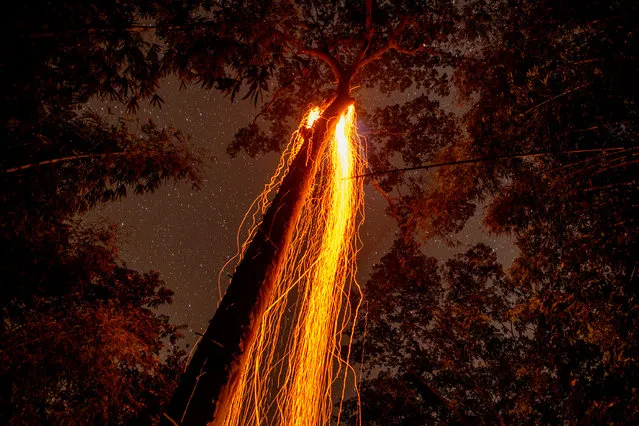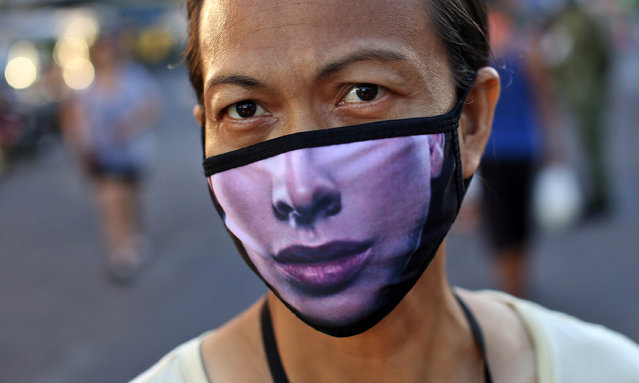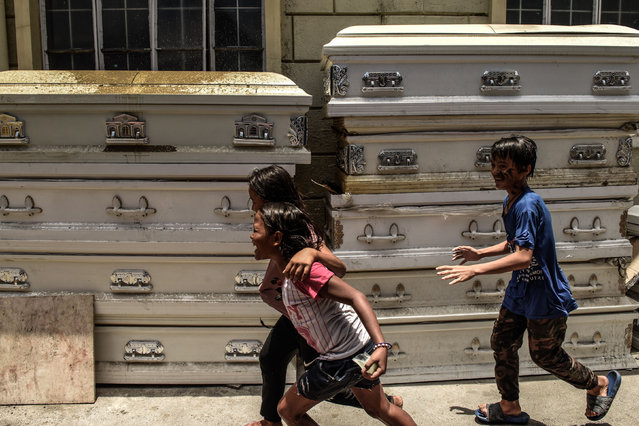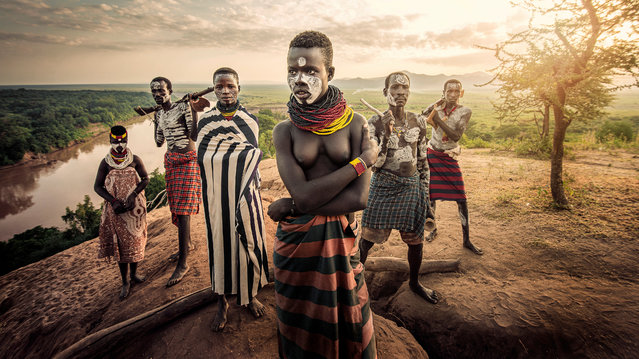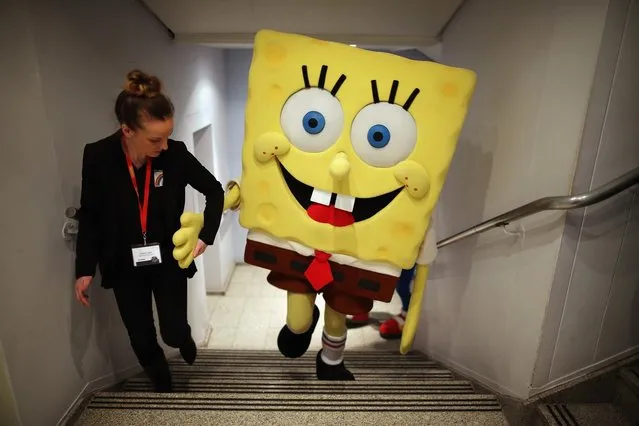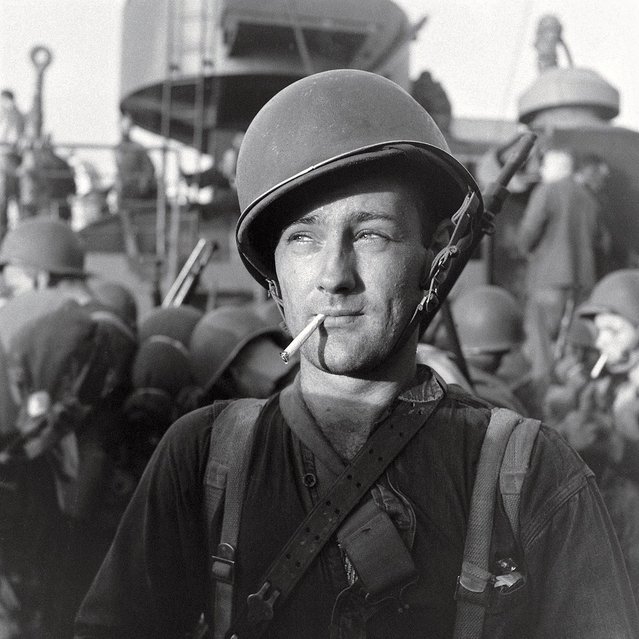
Damaged train coaches at the site of a train accident, 180 kilometers from Bhopal near Harda district of Mahdya Pradesh, India, 05 August 2015. At least 25 people died when two passenger trains derailed in central India after heavy monsoon rains flooded railway tracks, officials said. Ten coaches from the trains toppled while approaching a small bridge just before midnight. (Photo by Sanjeev Gupta/EPA)
06 Aug 2015 11:58:00,post received
0 comments

